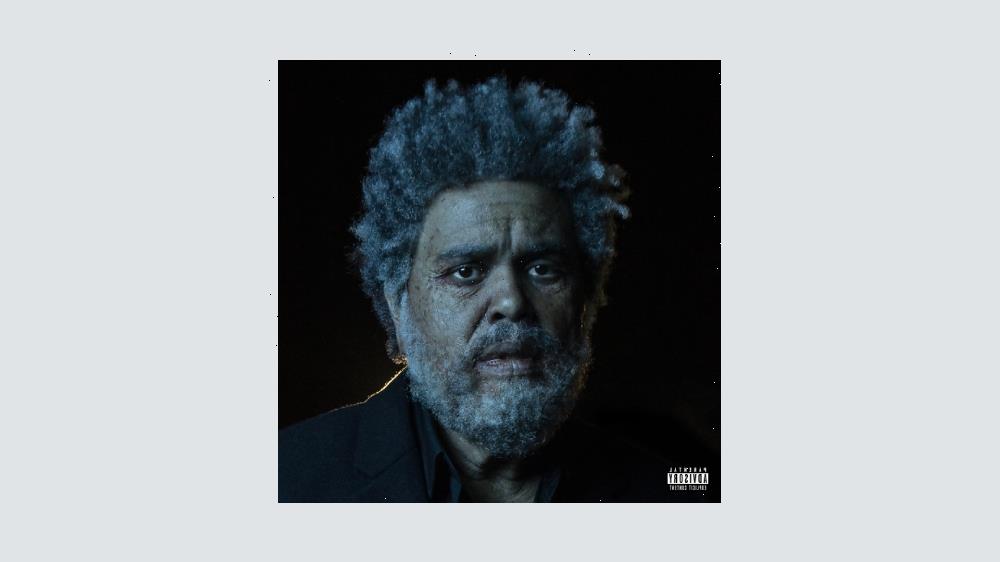WITH school shootings becoming all too common across the United States, one psychologist has revealed the behaviors to look for that could indicate a potential shooter.
Dr Joel Dvoskin, a clinical and forensic psychologist and professor at the University of Arizona, revealed exclusively to The Sun what to keep an eye on.
And he told of the threat management plans he believes all schools and workplaces should have in place.
Dvoskin says it is important to distinguish between unhelpful indicators, including "traits" like depression which may be shared with millions of people, and instead to focus on observable "behaviors" – such as how they specifically react to situations.
He says that identifying specific traits in an individual is an "inefficient and ineffective way to protect ourselves," as they are often "false positives."
He said: "Traits of people who do violent things are traits that are shared with millions of people who don't do those things.
"Millions of people are angry, millions of people are depressed … who won't ever hurt anybody," Dvoskin said by phone.
"The concept of warning signs … is not a good way to think about this."
Instead, he says teachers and school administrators should monitor students' behaviors.
Most read in News
MAJOR SHOCK New evidence about chief Maddie suspect leaves investigators 'shocked'
Sobbing kids rescued from bus crash with 3 in hospital after 'brakes failed'
Pupil joked about sex with my teacher boyfriend – then I found naked pics
'Vigilante' driver yelled 'what have I done' after hitting man who knifed mum
Behaviors are defined as how someone acts or conducts themselves, but especially when dealing with others.
These generally include actions that are observable and measurable.
"Behaviors are much more useful to think about than traits … because traits are things you carry with you throughout your life.
"A person who engages in violence towards self or others now might not have done that for 30 years.
"Behaviors are related to the conditions that we're in, the people we're around, what's been going on in our lives.
"The behaviors that are most important are … either explicit threats or implied threats.
"Somebody waves a gun in my face, that's a really important behavior, and I'm gonna take it seriously no matter what their traits are."
Threat management system
Dvoskin's advice comes after theMichigan school shooting that left four students dead, and that surrounding information that has been learned about alleged shooter Ethan Crumbley.
Questions remain surrounding Crumbley's behavior leading up to the shooting, as his parents attended a meeting with school officials just before the incident occurred.
Many wonder if the shooting could have been stopped or prevented.
Dvoskin recommends a threat management system be put in place in all schools and workplaces to investigate threats that result from behaviors.
"Any time there's a threat, there ought to be … some kind of thoughtful, competent investigation to determine whether or not the person poses a threat of violence to others or to themselves, and what reasonable steps might be expected to reduce that risk."
Dvoskin recommends identifying certain people within the school or organization and getting them extra training on how to recognize a threat, how to decide on its imminence, its severity, its duration, and its likelihood, as well as how to decide what steps could sensibly be taken to decrease the likelihood of harm.
This training is crucial and could potentially save lives.
"If a kid makes a threat to a teacher and the teacher decides whether or not it's serious, the teacher just became the threat assessor, and they have no training in threat assessment," Dvoskin said.
"On the other hand, if the teacher can refer it to the administration, who in turn can turn to a team of people who have been trained to do threat assessment, and the first thing they do is ask a lot of questions.
"What exactly did he say? Who heard it? Are you sure that it was said? Did he say anything to anybody else? Have they gotten into any other kind of trouble? What do you know about that person?"
Dvoskin also believes teachers and students alike should know how to recognize threatening behaviors and report them, adding that it's important for threats to be easy to report.
Finally, Dvoskin stated that when reporting a possible threat, it's important to be helpful when addressing the situation.
"The presumptive response to people who scare other people should be helpful," he said.
"So if somebody is scaring other people because they're in distress, maybe we should get them some help rather than suspending them or expelling them or making their life even worse."
Dvoskin stated that these are all things that any organization can do to become safer, adding that the goal of these things is to identify troubling people "as early as possible."
That way, there can be a system in place "to make a determination of whether anything needs to be done."
We pay for your stories!
Do you have a story for The US Sun team?
Email us at [email protected] or call 212 416 4552.
Like us on Facebook at www.facebook.com/TheSunUS and follow us from our main Twitter account at @TheSunUS
Source: Read Full Article








